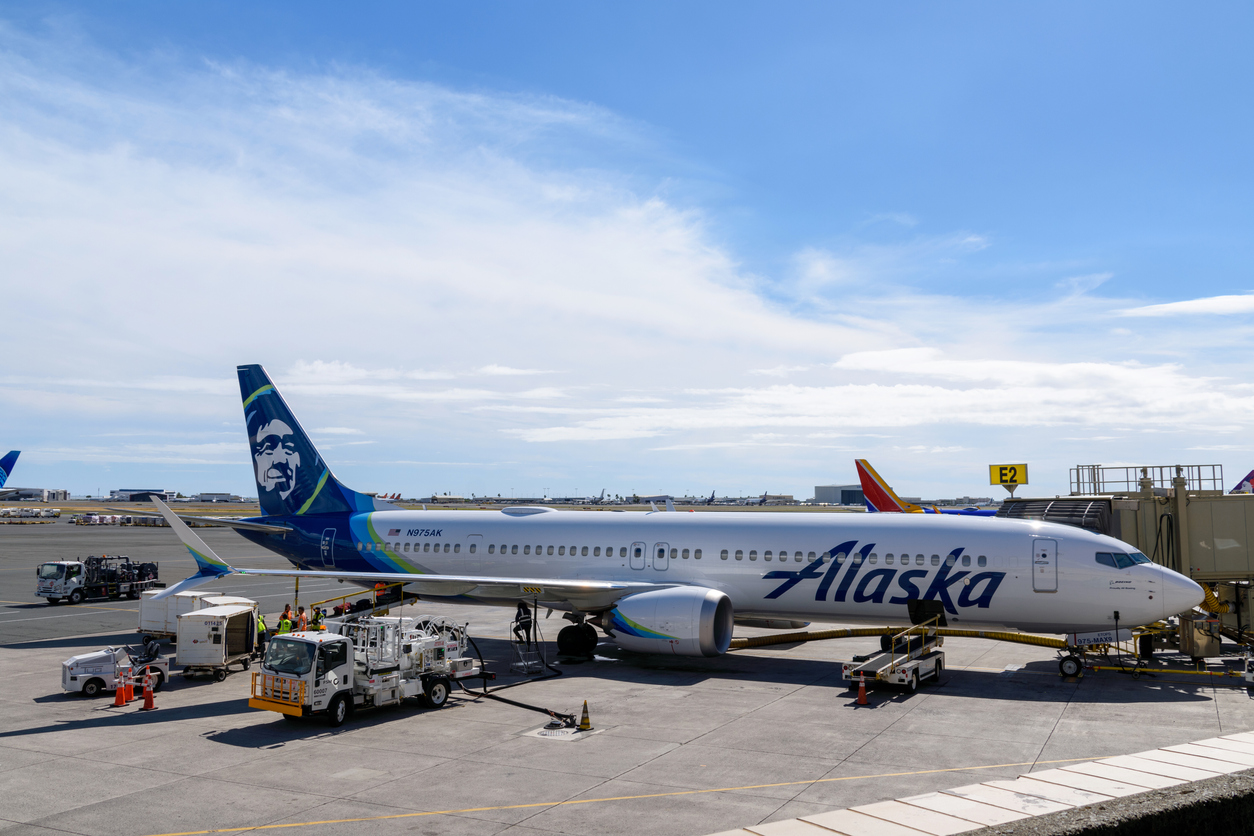- January 26, 2024
- 3 minutes read
Return of Boeing 737 Max 9: Safety Concerns and Inspection Procedures

Boeing 737 Max 9 jetliners are set to resume passenger flights in the United States this weekend, marking their return to service since being grounded following an incident where a panel blew out of the side of one of the planes.
Alaska Airlines plans to reintroduce flights with its Max 9s starting on Friday, followed by United on Sunday. These two airlines are the sole operators of this specific model of the Boeing 737 in the United States.
In light of the incident and subsequent grounding, passengers may understandably have questions regarding safety.
The Federal Aviation Administration (FAA) has outlined a meticulous process that airlines must adhere to for inspecting, and if necessary, repairing the panels known as door plugs. These plugs, one of which detached during Alaska Airlines flight 1282 on January 5th, are used to seal holes in the Max 9’s cabin when additional exits are required for safety purposes.
FAA Administrator Mike Whitaker has expressed confidence in the safety of these aircraft, provided that airlines follow the new inspection procedures. These procedures include detailed visual inspections, adjustments to fasteners, and necessary repairs based on insights gained from inspections of 40 grounded planes.
Alaska Airlines took swift action, grounding all 65 of its Max 9 jets immediately after the incident, and the FAA followed suit by grounding all Max 9s in the U.S. the following day. Although the incident did not result in serious injuries, the potential severity prompted regulators to act promptly.
Airlines have reported findings of loose bolts on other planes during inspections. Both Alaska and United Airlines have committed to implementing the necessary inspections and repairs before returning the Max 9s to service.
Regarding passenger sentiment, Alaska Airlines noted a slight decline in bookings into February, a phenomenon termed “booking away.” However, they anticipate this to be temporary, with confidence in the aircraft’s safety expected to rebound over time.
In terms of overall aviation safety, flying remains statistically safer than driving or rail travel, according to U.S. Department of Transportation data. Despite recent incidents, aviation regulators emphasize the absence of fatal crashes involving U.S. airliners since 2009.
Nevertheless, Boeing faces scrutiny from the FAA over the incident, with investigations underway to ensure proper safety procedures were followed during manufacturing. The FAA’s decision to halt the expansion of Max jet production until quality-control concerns are addressed underscores the gravity of the situation.
Boeing’s latest crisis could potentially impact its market standing, with rival Airbus surpassing it in both orders and deliveries of new passenger planes last year. United Airlines’ consideration of alternatives to the Max 10 underscores the uncertainty surrounding Boeing’s future plans and regulatory approval processes.
